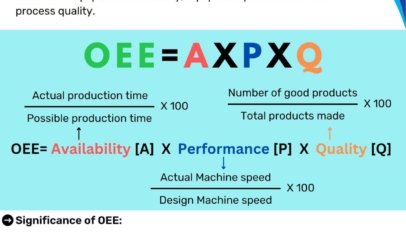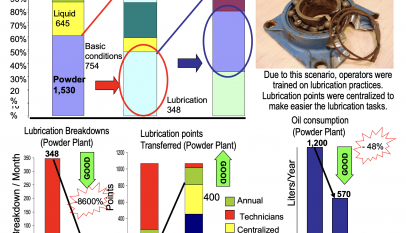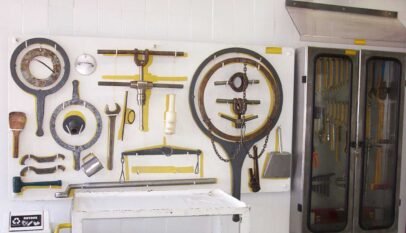Visual controls for quality are a method of using visual cues to help ensure that products and processes meet established quality standards. They are used to make quality information easy to understand and to help identify potential quality issues.
There are several reasons why visual controls for quality are important:
- They help to make quality information easy to understand: Visual controls use visual cues such as charts, graphs, and colour-coding to make quality information easy to understand. This can help to ensure that everyone in the organization, including employees, managers, and customers, can easily understand the quality of products and processes.
- They help to identify potential quality issues quickly: Visual controls can help to identify potential quality issues quickly by making it easy to spot patterns or trends in quality data. This can help to reduce the risk of producing defective products and can help to improve the overall quality of products and processes.
- They can help to reduce costs: By identifying potential quality issues quickly, visual controls can help to reduce the costs associated with producing defective products. This can include costs associated with reworking, scrapping, and customer complaints.
- They help to improve communication: Visual controls can help to improve communication within an organization by making it easy to share quality information. This can help to ensure that everyone is aware of the quality of products and processes and can help to improve collaboration among employees.
- They help to promote accountability: Visual controls can help to promote accountability by making it clear who is responsible for maintaining quality standards. This can help to ensure that everyone is working towards the same goal and can help to improve overall performance.
Quality Component markings on the equipment allow operators to know if their machine has caused rejection in the past. The equipment has critical Q-Points (Quality Points) that allow operators to see if the machine is in control. They should include condition control ranges, and a One Point Lesson is needed for each point. These items should be added to your equipment Inspection Standard and Standard Operation Procedures.
In summary, visual controls for quality are a powerful tool for improving quality and reducing costs. They make quality information easy to understand, help to identify potential quality issues quickly and promote accountability.


















